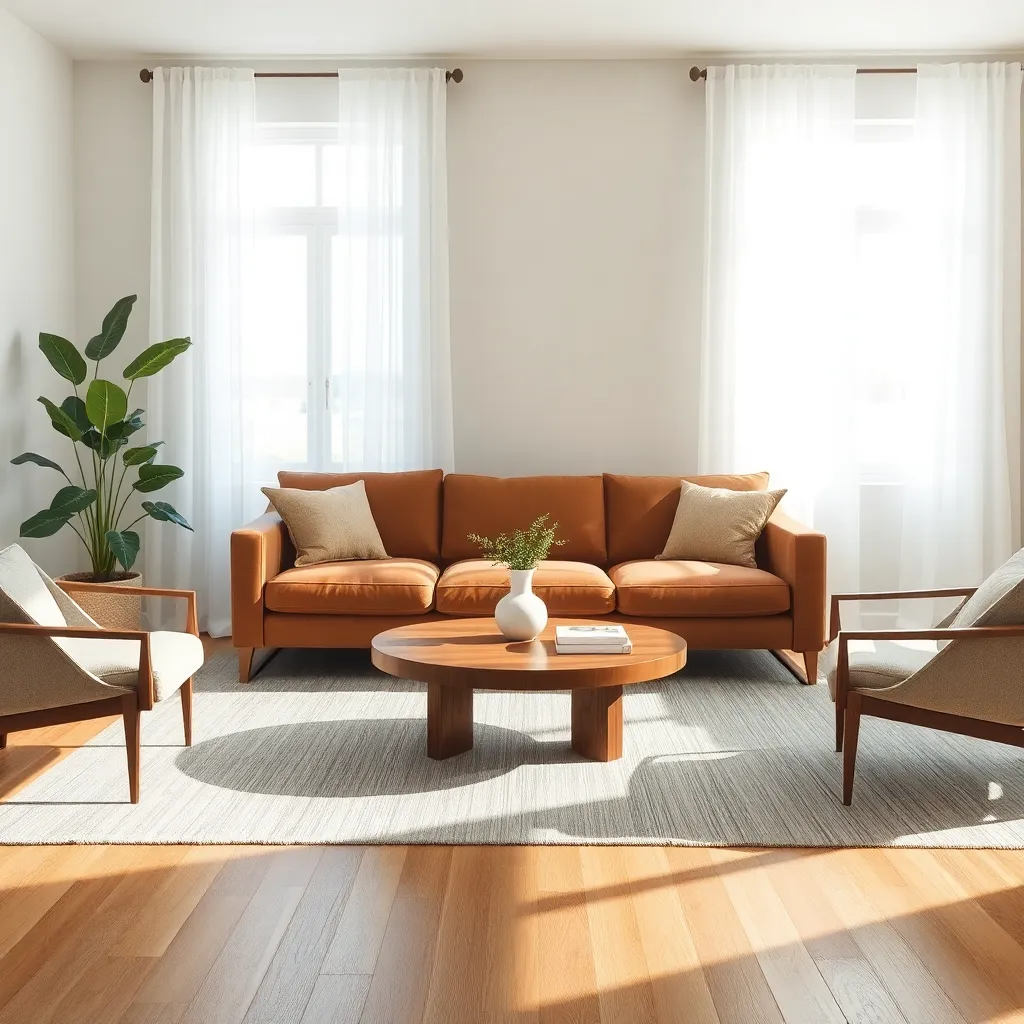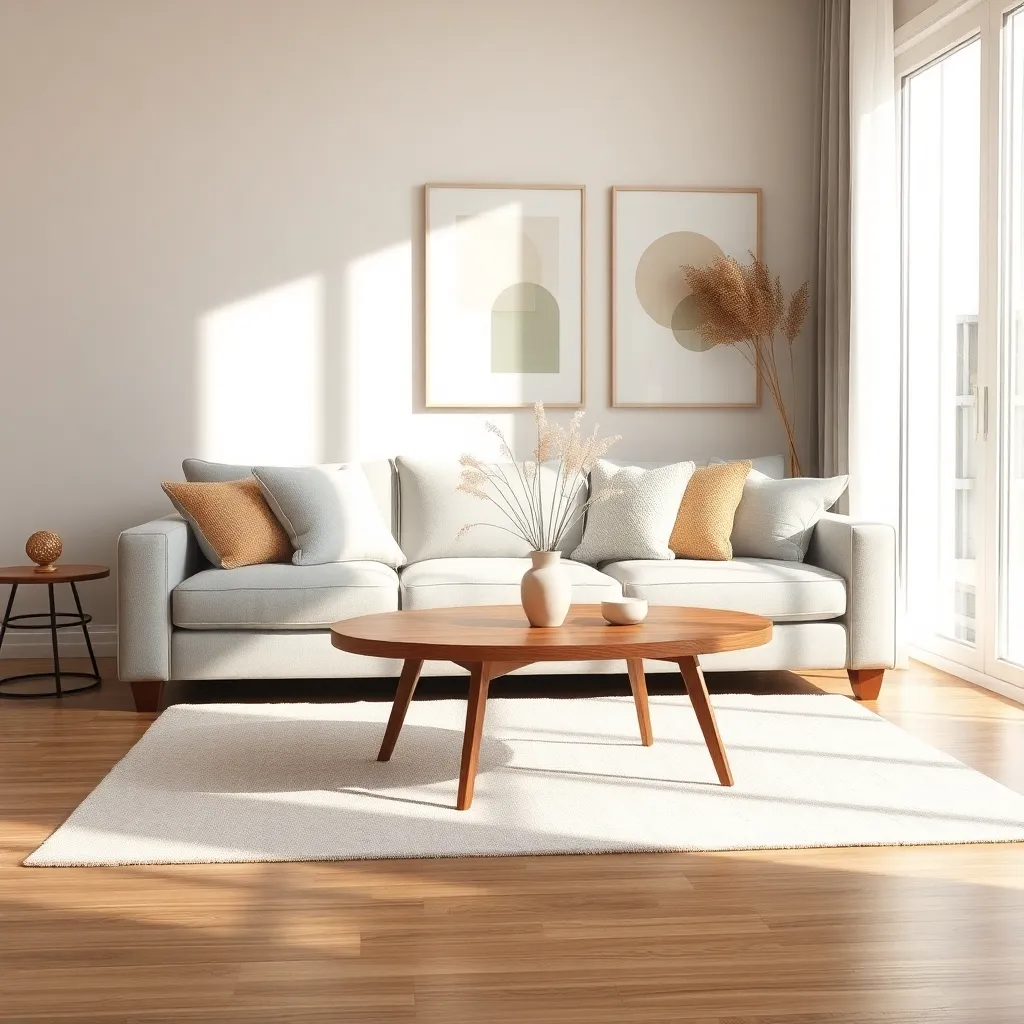Stepping into the world of minimalist home decor is like opening a window to clarity and calm, where every piece has a purpose and every space breathes. Whether you’re just beginning to explore interior design or you’re a seasoned decorator seeking a fresh perspective, minimalist design offers a serene sanctuary from the cluttered chaos of everyday life. This design philosophy isn’t just about stripping away the excess; it’s about embracing intentionality and creating harmony in your living space.
Minimalism teaches us that less is not only more, it’s transformative. In this article, we’ll delve into the core principles of minimalist design, guiding you on how to curate a home that reflects both simplicity and sophistication. You’ll discover practical tips to declutter your space, select meaningful decor pieces, and choose a color palette that promotes tranquility and focus. By the end, you’ll be equipped with the knowledge and inspiration to transform your home into a minimalist haven that nurtures the soul and delights the senses.
Understanding Minimalist Design Principles

Minimalism in interior design emphasizes the concept of “less is more,” focusing on simplicity and functionality. Begin by decluttering your space, keeping only items that provide utility or joy, as excessive decor disrupts the minimal aesthetic.
Choose furniture pieces that are both functional and aesthetically pleasing, with clean lines and unadorned surfaces. Opt for materials like natural wood, metal, and glass, which offer a sense of openness and lightness to the room.
Neutral color palettes are a hallmark of minimalist design, creating a calm and cohesive environment. Consider using shades of white, beige, or grey as your base, and incorporate subtle accents of muted colors like soft blues or greens to add depth.
When arranging furniture, aim for balance and harmony by allowing ample space between pieces to enhance the room’s flow. Avoid overcrowding; instead, focus on a few statement pieces that anchor the room, such as a sleek sofa or a simple dining table.
Choosing Essential Furniture Pieces

In a minimalist home, choosing the right furniture is crucial to maintaining an uncluttered and serene environment. Begin with selecting pieces that serve multiple functions, like a sofa bed or an ottoman with storage, to maximize space efficiency.
Opt for furniture with clean lines and simple designs to align with minimalist principles. Materials such as natural wood, glass, and metal can add texture without overwhelming the space, creating a harmonious balance.
When it comes to color schemes, stick to a neutral palette with shades of white, beige, or soft grays. These colors will not only enhance the minimalist look but also make the space feel more open and airy.
To add depth and interest without clutter, consider incorporating a single statement piece, such as a large-scale artwork or a sculptural lamp. This approach allows for a focal point while maintaining the minimalist ethos of simplicity and functionality.
Maximizing Space with Simplicity

To maximize space with simplicity, start by embracing a neutral color palette that enhances openness. Soft whites, light greys, and beiges can make rooms appear larger and more inviting.
Incorporating multi-functional furniture is a smart way to maintain minimalism while ensuring practicality. Consider a sofa bed or an ottoman with storage to keep spaces clutter-free and versatile.
Strategically placing mirrors can significantly enhance the perception of space in a room. Position a large mirror opposite a window to reflect light and create an illusion of depth.
Advanced decorators might explore the use of floating furniture to maintain a clean floor space and add a modern touch. Wall-mounted desks and shelves can free up valuable floor area while keeping essentials accessible.
Incorporating Neutral Color Palettes

Neutral color palettes are the cornerstone of minimalist home decor, providing a serene and timeless foundation. To achieve this, start by selecting a base color like white, beige, or light grey, which will serve as the backdrop for your space.
Incorporating different textures can enhance the visual interest without straying from the minimalist aesthetic. Consider using materials like linen, wool, or natural wood to add depth and warmth to a neutral room.
Layering shades within the same color family can add dimension and sophistication. Try pairing a soft ivory sofa with taupe cushions and a light grey rug to create a cohesive yet varied look.
For those ready to experiment, subtle pops of metallics can elevate a neutral palette. Incorporate accents like brass or brushed nickel in the form of lamp bases or picture frames to introduce a touch of elegance without overwhelming the space.
Embracing Natural Light and Materials

Maximizing natural light is essential in minimalist home decor, as it enhances the open, airy feel that is characteristic of this style. Begin by positioning furniture in a way that allows sunlight to flow freely through the room, such as placing sofas and chairs away from windows to prevent obstruction.
Consider using sheer curtains or blinds that can diffuse light gently without blocking it entirely. For a more advanced approach, incorporate reflective surfaces like glass or polished wood to bounce light around the room, amplifying the brightness and creating a sense of spaciousness.
Natural materials play a crucial role in achieving a minimalist aesthetic, offering both visual and tactile warmth. Opt for furnishings made from wood, stone, or linen; these materials not only add texture but also connect the indoor space with the outdoors.
To maintain a cohesive look, select a limited color palette based on the natural hues of your chosen materials. This could include the soft tones of maple wood or the earthy shades of stone, which can harmonize beautifully with the neutral color palettes discussed in the previous section.
Experiment with layering these materials to add depth without cluttering the space. A simple linen throw on a wooden chair or a stone centerpiece on a clean-lined table can enhance the minimalist vibe while keeping the design interesting and grounded in nature.
Conclusion: Growing Success with These Plants
In exploring minimalist home decor, we uncovered five pivotal relationship concepts: the importance of creating a serene environment to foster open communication, the power of decluttering to reduce stress and enhance connection, the value of intentional design to reflect shared goals, the role of simplicity in promoting calm and focus, and the necessity of personalizing shared spaces to honor individuality within the partnership. These principles not only enhance your living space but also strengthen the bonds in your relationship.
As an immediate next step, take a moment with your partner to identify one area of your home where you can apply these minimalist principles. Whether it’s clearing a cluttered corner or redesigning a shared room, start small and witness how these changes can positively impact your relationship.
To make the most of these insights, be sure to save or bookmark this article for future reference. Relationships, like home decor, thrive on ongoing attention and care. As you integrate these minimalist strategies, envision a future where your relationship flourishes in harmony and understanding. Remember, every step you take today lays the foundation for a more connected and fulfilling partnership tomorrow.
